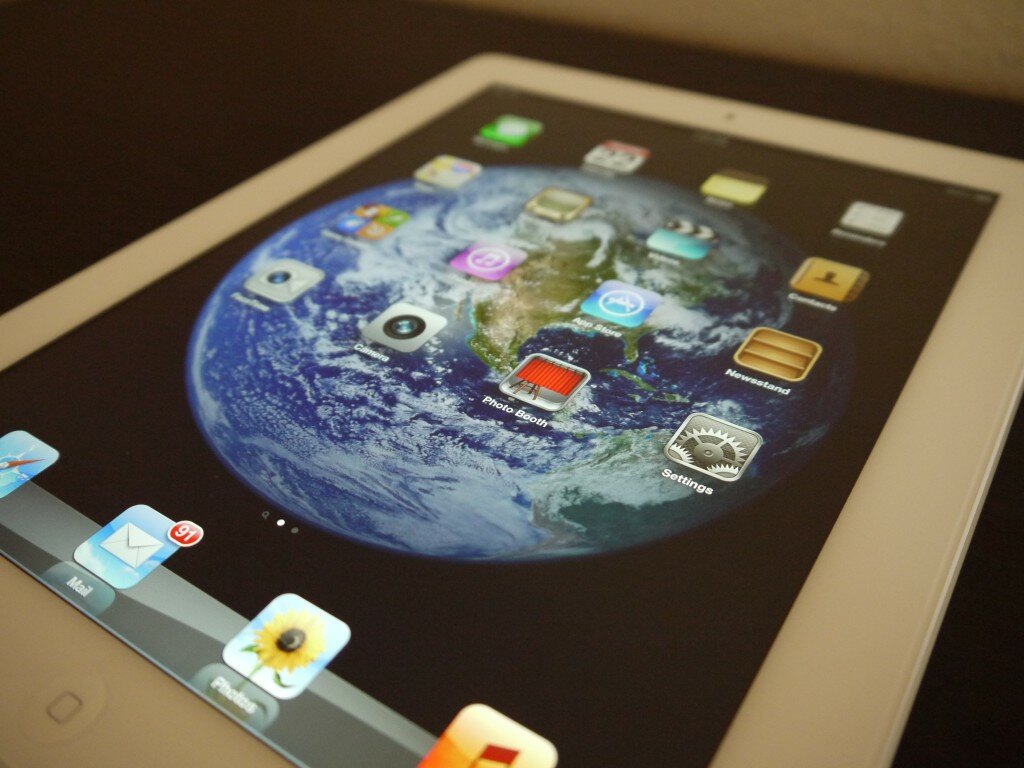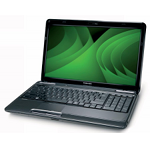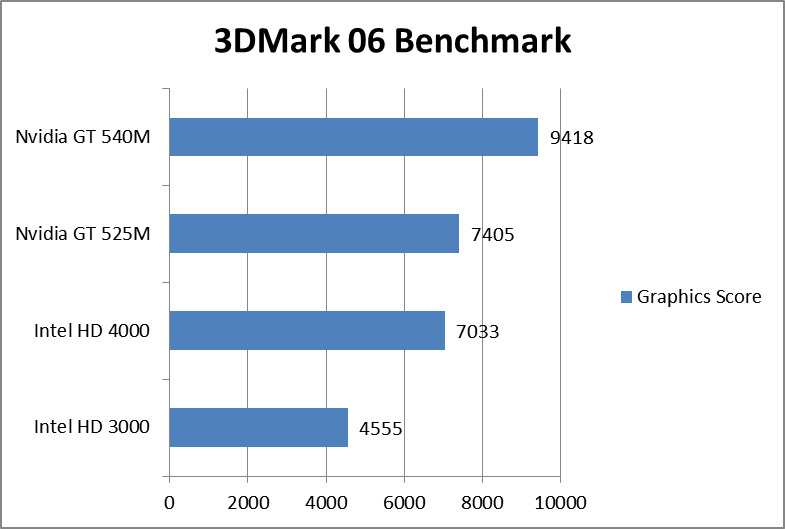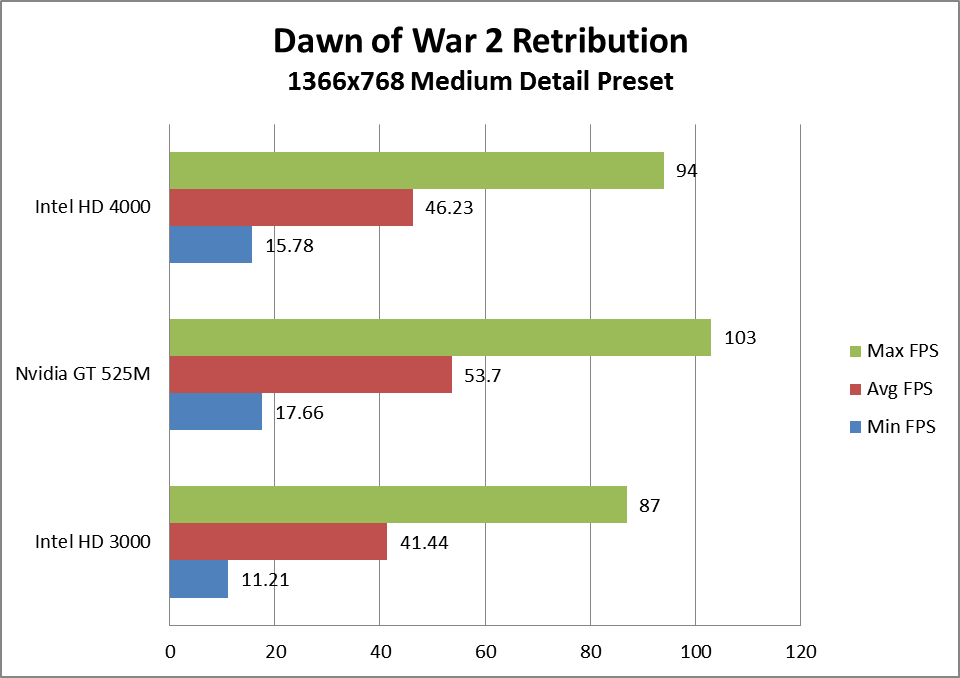Tablets have no sign of slowing their growth. This year we’ve seen new products from major manufacturers like Apple, ASUS, Lenovo, Toshiba and Sony – not to mention literally hundreds of knock-offs available on eBay and at street markets around the world.
Looking back, we may think of 2012 as the year the tablet matured. Some critics have bashed tablets as toys, and although I don’t agree with them, it’s easy to see where they’re coming from. Even the iPad had neither the hardware nor software required to be more than an entertainment device. These new tablets, however, are a different story.
Let’s dive in and round up the best tablets of 2012. They’re fast, they’re enjoyable to use, and they’re as affordable as ever.
Apple iPad (third generation)

Everyone was excited about the release of the new iPad – so excited, in fact, that some crazy hardware rumors about things like haptic feedback started to circulate. When the real product was released, some people felt let down.
That’s a shame, because the third generation iPad is easily the best tablet on the market today. Its “retina” display is a key feature. Small text that can be rendered by the new iPad often appears blocky on other tablets until you zoom in, while images and games have a sharpness not found elsewhere.
The other traditional iPad strengths remain, as well – the processor is fast, there’s an unmatched selection of apps and battery life is outstanding. Better still, Apple did not raise the price – but they did lower the price on .
.
Samsung Galaxy Tab 2 (7-inch)

2012 may also go down in history as the year the 7-inch tablet started to catch on. Amazon’s Kindle Fire still sells well and Samsung’s Galaxy Tab 2 7-incher is currently the second most popular tablet on Amazon. ASUS is promising a $249.99 7-inch Tegra 3 tablet later this year, as well – if it ever comes, it too is sure to be a success.
The recipe to the Galaxy Tab 2 is simple. At $250, it is inexpensive. It is light, weighing in at less than a pound. It is powered by a reasonably quick 1 GHz dual-core processor. And it runs Android 4.0, so while it seems to be sold as a budget option, it still has the full software enchilada.
There’s really not much to dislike. Okay, the camera is not the best – but seriously, at this price, who cares? Since I don’t like the Kindle Fire for numerous reasons the Samsung Galaxy Tab 2 7-inch is my small tablet of choice.
.
ASUS Transformer TF300

The original Transformer (known by the model number TF101) was the first serious competition to the iPad. It was a light, affordable, powerful tablet with no-nonsense design. The optional keyboard dock was touted as its greatest feature but was, in fact, unnecessary for enjoying the device.
Now ASUS has updated the concept by introducing a new entry-level tablet, the TF300. It is a significant update. The chassis has been redesigned to drop some size and weight, bringing the new tablet to .39 inches thinand 1.4 pounds light. These are not the best figures in the industry, but they are competitive for a tablet starting at $399.
Also competitive is the Tegra 3 quad-core processor. Although the A5X used in the new iPad has more power for handling graphics, Tegra 3 has the edge when it comes to CPU arithmetic. Throw in Android 4.0 and you have the recipe for a slick, responsive device. Even battery life is robust – expect up to 10 hours if you’re trying to stretch it and about 8 hours in normal use.
.
Which Would I Buy?
If I were buying a brand new tablet today I would take the iPad 3. It’s higher price is justified by its better app selection, unmatched battery life and awesome display. As a geek I appreciate the big and small details that palce it ahead of the competition.
What do you think? Which would you, or have you, purchased? Let us know in the comments!











